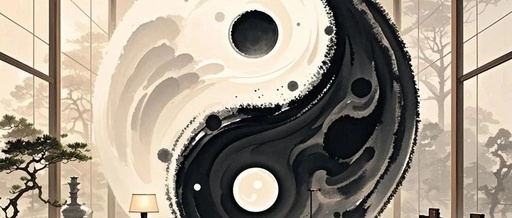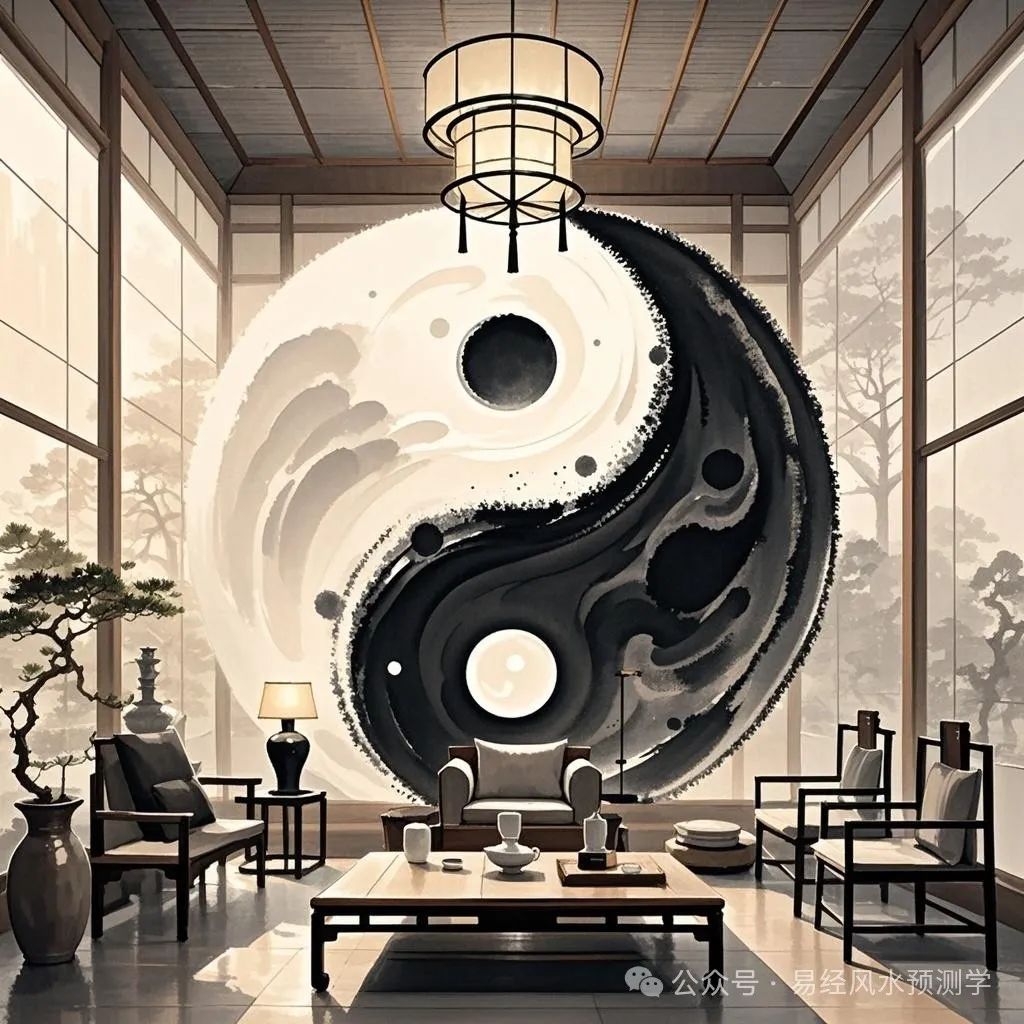
Introduction: Mysterious Eastern Wisdom Meets Modern Home Aesthetics
“The Dao is the interplay of Yin and Yang,” this ancient wisdom passed down for thousands of years is now integrating into contemporary life in a new form. In the concrete jungle of urban life, how can we reconstruct living spaces using the philosophy of Yin-Yang balance? Today, we will decode the wisdom of the I Ching with modern design language, allowing traditional aesthetics to rejuvenate home spaces.
1. The Great Revelation of I Ching’s “Yin-Yang Balance”
Yin and Yang are the fundamental laws of the universe, akin to the alternation of day and night, and the cycles of the seasons. In I Ching philosophy, Yin and Yang are not opposites but coexisting forces, much like the interdependent fish in the Taiji diagram. This concept of dynamic balance applied to home design can create spaces that are visually appealing and nourishing to the body and mind.
2. The “Yin-Yang Code” in Interior Design
(1) The “Yin-Yang Harmony” in Color Matching
Cool colors (blue/green) belong to Yin, while warm colors (red/yellow) belong to Yang. In study design, deep blue walls paired with ginger yellow curtains can create a focused atmosphere without losing vitality. It is worth noting that small apartments should avoid large areas of dark colors, and can brighten the space with “Yang” elements like metallic fixtures.
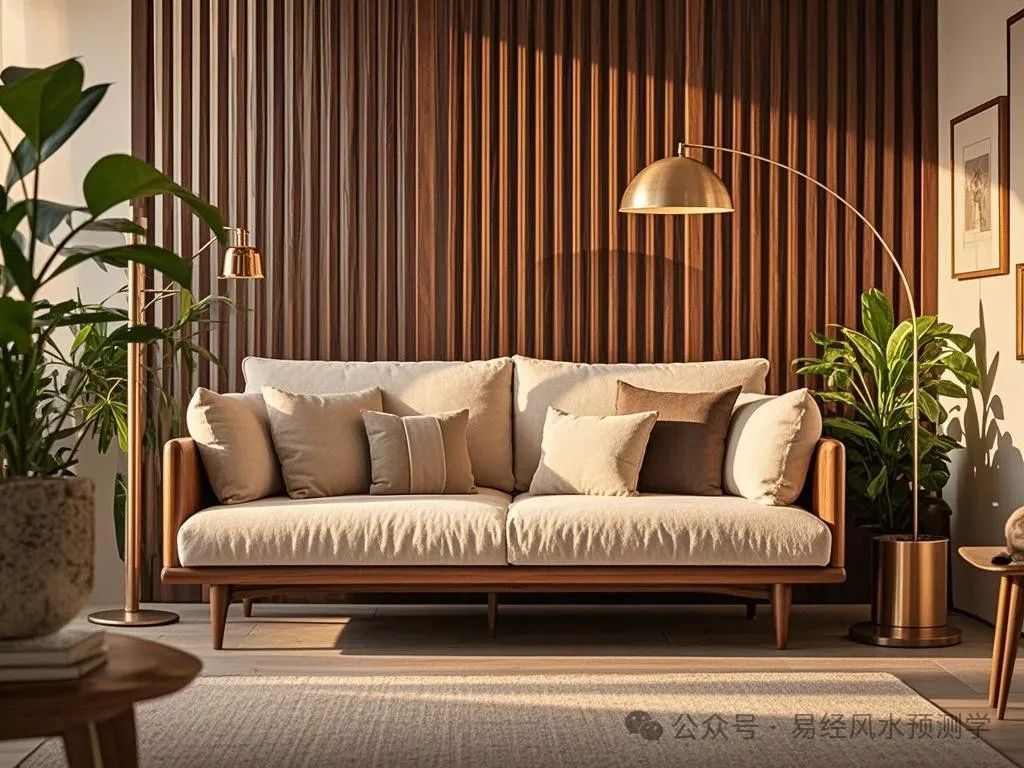
(2) The “Dynamic and Static Zones” in Space Layout
The living room, as a social center, belongs to Yang, while the bedroom, as a resting space, belongs to Yin. One homeowner connected the open kitchen with the living room, using a long rainbow glass partition to delineate the study area, maintaining spatial transparency while achieving functional zoning. This design technique reflects the wisdom of “hard and soft complementing each other” in the I Ching.
(3) The “Yin-Yang Balance” of Light and Ventilation
West-facing rooms can have excessive Yang energy in the afternoon; using a combination of blinds and sheer curtains can help regulate light. In the humid south, a smart fresh air system can inject “Yang energy” into the space, combined with a dehumidifier to maintain appropriate dryness, achieving a living experience of “favorable winds and timely rains.”
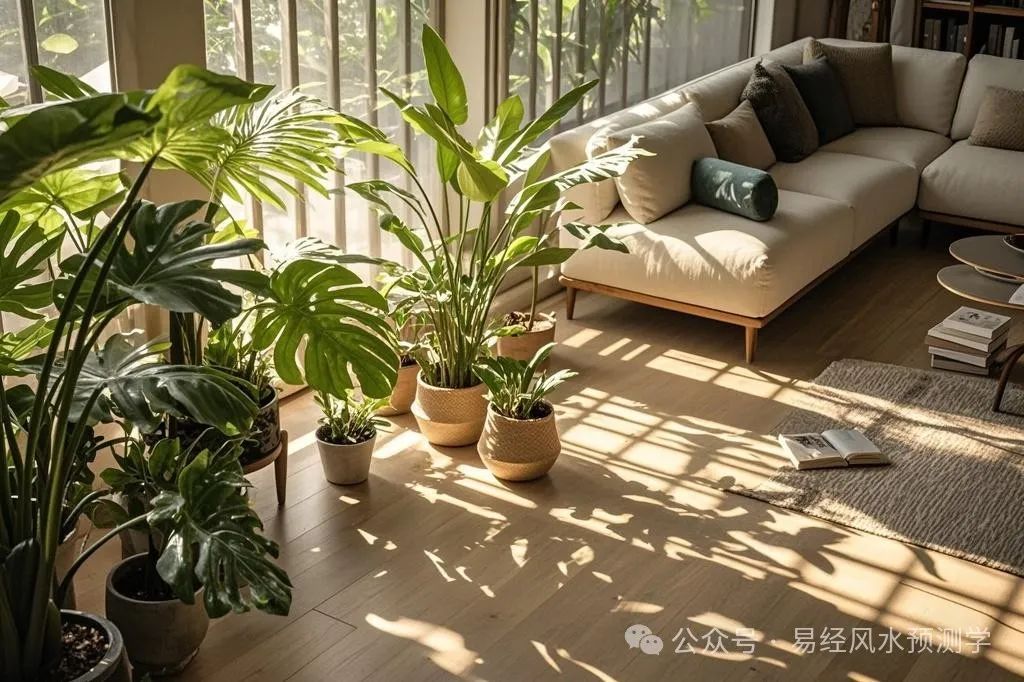
(4) The “Interdependence of Reality and Illusion” in Furniture and Decoration
Chinese round chairs (reality) paired with abstract wall art (illusion) create a dialogue of Yin and Yang in a new Chinese-style space. For small apartments, it is recommended to choose furniture with slender legs to enhance lightness, paired with large mirrors to extend visual space, akin to writing Eastern aesthetics with “white space.”
3. Case Studies of Yin-Yang Balanced Home Decoration
(1) Modern Minimalist Style: The Dance of Movement and Tranquility
This 120㎡ apartment adopts the design concept of “using illusion to replace reality”: the living room features white artistic paint walls (Yang) paired with a deep gray fabric sofa (Yin), where the warm light of the floor lamp and the cool light of the hidden light strip create a balance of color temperature. The balcony is transformed into a glass tea room, achieving a rhythm of “stillness within movement” in the space.
(2) New Chinese Style: The Fusion of Tradition and Modernity
The designer in this case employs the technique of “hard and soft complementing each other”: a symmetrically arranged Chinese study (Yin) paired with a rotating bookshelf (Yang), where a blue and white porcelain vase and a geometric pendant lamp create a dialogue between the ancient and the modern. Notably, the floor uses light-colored marble (Yin) paired with dark wooden grilles (Yang), establishing a stable yet dynamic spatial tone.
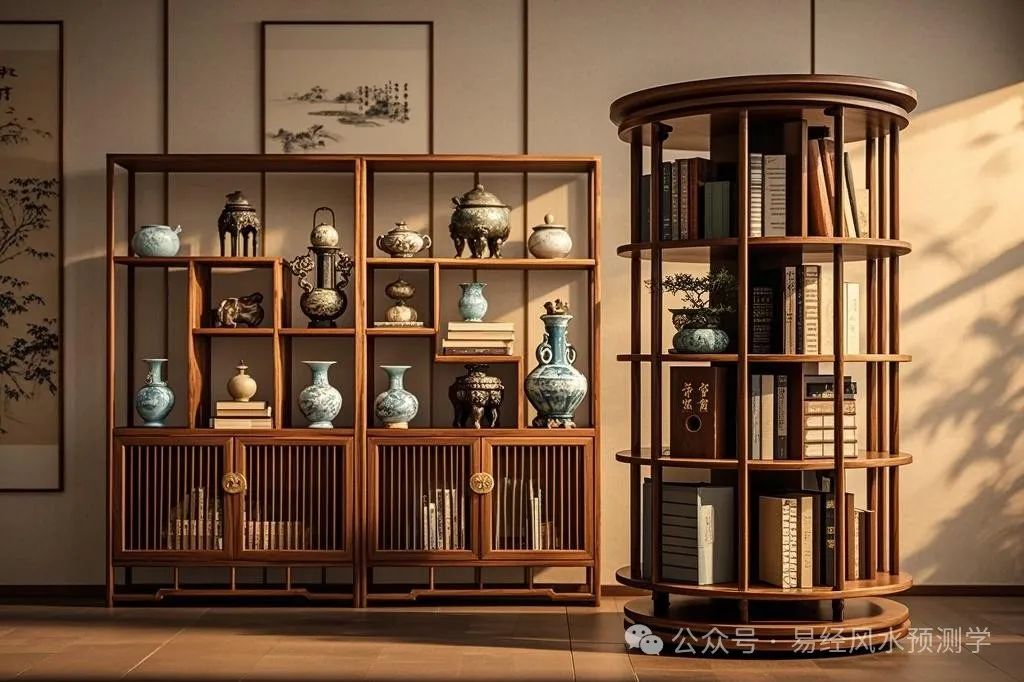
4. Tips for Creating a Yin-Yang Balanced Space
(1) Respect the Essence of the Space
North-facing rooms inherently have heavier Yin energy; using light-colored walls and warm lighting can enhance Yang energy; for west-facing units, it is advisable to use heat-insulating glass and green plant walls to adjust Yin and Yang.
(2) Combine Personal Needs
Active young people can set up a projection screen (Yang) and a reading corner (Yin) in the living room; quiet elders may prefer a bedroom with low-saturation colors (Yin) paired with localized lighting (Yang).
(3) The Principle of Moderation is Paramount
Avoid excessive accumulation of Feng Shui ornaments; one homeowner found that placing a crystal cluster at the entrance disrupted the flow. It is recommended to achieve balance through spatial proportions and material combinations as subtle methods.
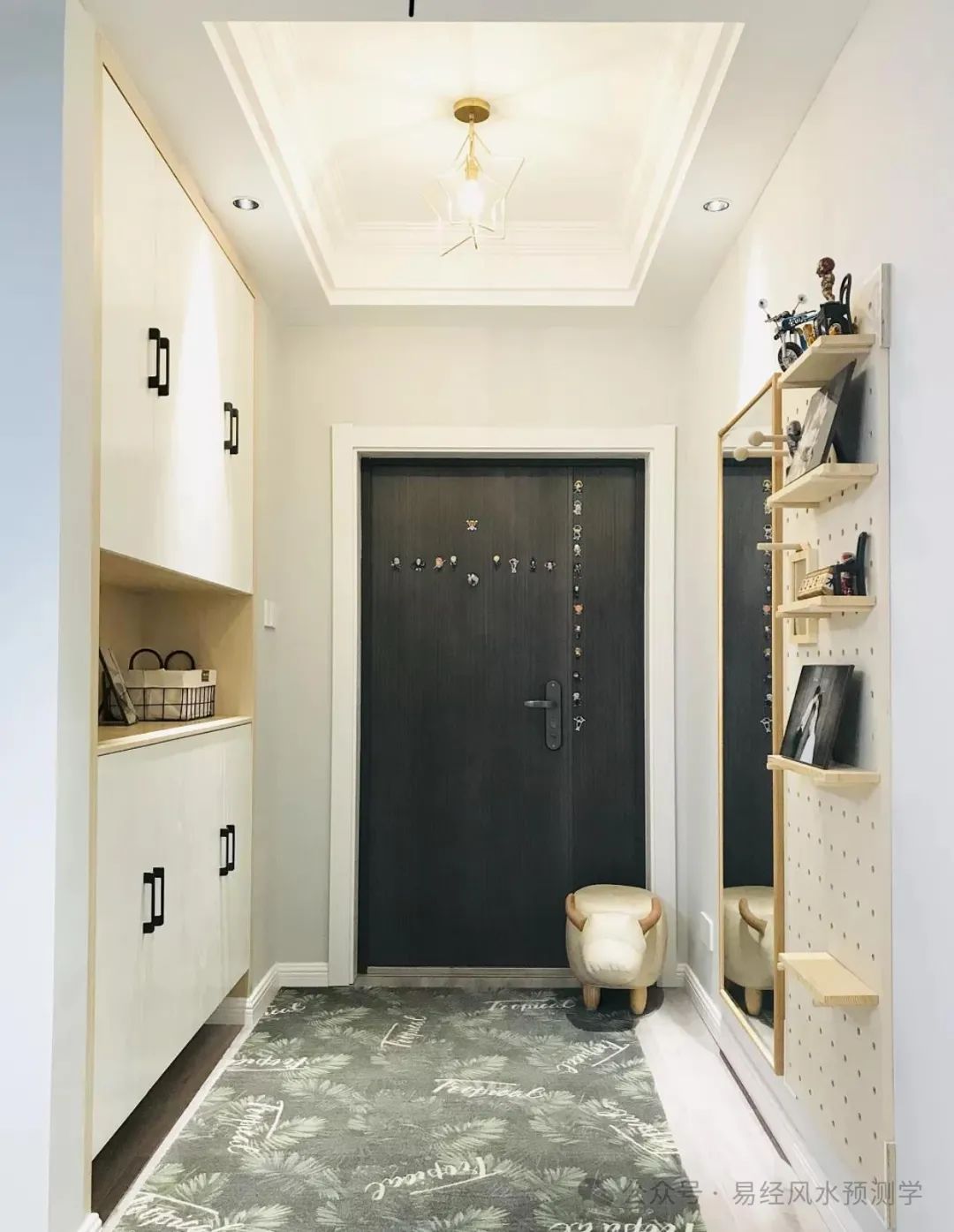
5. Conclusion: Opening a New Chapter of Harmonious Living
When the wisdom of the I Ching shines into modern home decoration, what we pursue is not only visual beauty but also a deep dialogue between living spaces and the soul. Whether it is the breathing of colors, the flow of light, or the posture of furniture, all express the eternal theme of the interdependence of Yin and Yang. May every reader find their own path to balance in their home space.
If you find this helpful, feel free to show your appreciation!



